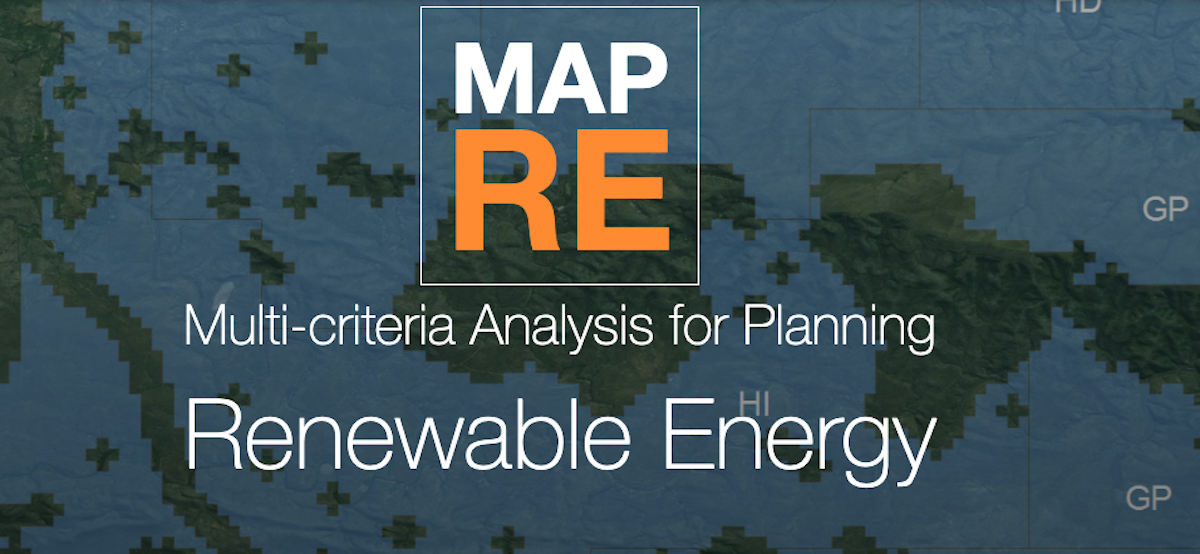Energy Transformation Initiative

image credit: Matt Perko, UCSB
The Energy Transformation Initiative (ETI) is a UCSB-Environmental Studies initiative directed by Dr. Ranjit Deshmukh. Under this initiative, UCSB faculty, researchers and students will have a forum to share, collaborate, and develop new research ideas, grant proposals, and projects in energy science and its interlinkages with climate, water, land, conservation, and social issues including policy, justice and education. As part of this initiative, we will host a speaker series on energy science and its interlinkages with society, culture and policy. UCSB and external academics and practitioners will be invited to share their research and engage in brainstorming via workshops and collaborative meetings with both faculty and students. Invited guests will also interface with ES’s energy science classes by giving guest lectures and interacting with student groups. The initiative will also focus on bringing in ES alumni, especially those working in the energy field, to share their expertise and network with ES students. The goal of the initiative is to serve as a catalyst for developing a vibrant energy community across multiple departments and colleges at UCSB to the benefit of both faculty and students.
We welcome contributions to the ETI. Funds will be used to support student projects or internships, speaker travel and lodging costs, workshop organization costs, and assistance with coordination of the initiative. Please contact the Environmental Studies program or Ranjit Deshmukh.
MapRE Initiative

The Multi-criteria Analysis for Planning Renewable Energy (MapRE) initiative seeks to provide a framework for the systematic identification and valuation of areas for renewable energy development–focusing mainly on solar and wind technologies. By providing government officials, regulators, utilities, and other stakeholders information about multiple siting criteria for possible renewable energy zones in the form of reproducible planning tools, the MapRE initiative seeks to improve the planning of low-carbon, cost-effective, socially and environmentally responsible energy systems.
Examples of siting criteria for suitable candidate project areas include leveled cost of electricity (LCOE) for generation, transmission connection, and road access, distance to major load centers, environmental metrics such as the human footprint score, elevation, slope, capacity value as a metric to assess the potential contribution of a renewable energy site’s generation towards meeting peak demand, and water stress metrics for solar sites. These and other criteria for mapped candidate project areas and renewable energy zones are available for viewing and comparison through interactive pdf and web-based maps and excel spreadsheet and tableau tools. Spatial data are available for download. Geographic Information Systems (GIS) script tools for conducting the spatial analysis are also available for download.
The MapRE initiative was started by Grace Wu and Ranjit Deshmukh at the Lawrence Berkeley National Laboratory and was transferred to the University of California Santa Barbara in 2020.
Energy Systems Modeling (ESM)
 image credit: Daniel Bachhuber (CC BY-NC-ND 2.0 license)
image credit: Daniel Bachhuber (CC BY-NC-ND 2.0 license)
The Electricity System Modelling (ESM) Initiative at CETLab brings together researchers to develop and apply cutting-edge, open-source tools for analyzing the future of power systems. The initiative focuses on modeling electricity generation, transmission, and demand under rapid decarbonization, technology change, and policy scenarios.
By building transparent, open-source and flexible models, the ESM Initiative supports decision-making on issues such as renewable integration, grid reliability, and the design of low-carbon electricity markets. The initiative aims to provide rigorous, policy-relevant insights that help guide the transition to a sustainable and resilient energy system.
Website (Coming Soon)
